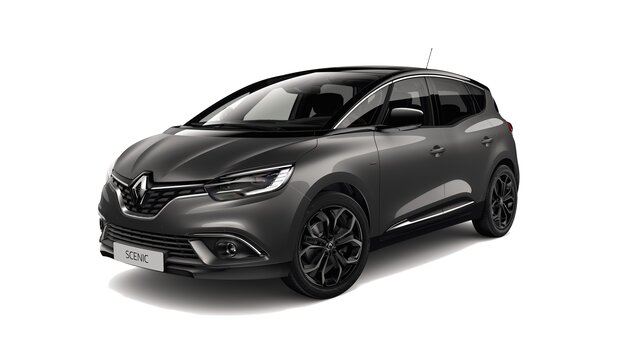Nigel Wells is speaking at the Swinging 60s & Baby Boomers conference. These questions and answers provide an insight into what he will be saying.
How do you define the ‘mature market’?
I believe that terminology is a key issue here. Why should this demographic have to have a label? I term them the ‘Over-50’s’, not the ‘Grey market’, ‘Silver Surfers’, etc. because all the research that I have done over the last 2 years has shown me that this age group are encouraged by the increasing interest that marketers now have in them, but dislike the subsequent marketing labels that come with it. However, internally within Peugeot, I have used certain segmentation labels to describe the various types within this age group – they are not all the same, much in the same way that all 25-34 year olds are not the same, and so we must understand, segment and target the sub-groups. Would you treat Mick Jagger and Thora Hird in the same way?
Can you give an indication of how important this group of customers is to the company?
In a word, ‘Very’. The ‘Over-50’s’ buy 52% of all new private cars in the
At the conference you will talk about a “media strategy that transcends age boundaries” – can give some explanation/examples of what this means.
We cannot ignore the ‘Over-50’s’ anymore, for the reasons given above. However, in the past many mainstream companies have not actively targeted this important demographic for fear of ‘damage to the brand’. My view is that you can target this group without alienating your younger customers and without spending millions on a different creative route. Older people don’t want to be communicated to in an ‘old person’ way, they would rather you made them feel younger, so you must search for a creative route that spans the age gap. Then, through a thorough understanding of the potential customers, use different media to target them as appropriate.
Do you think that it is getting easier to devise media and creative combinations that are “age neutral” (ie are the factors that separate older and younger car buyers declining).
Yes. Primarily because older car buyers are often as media savvy as their younger counterparts – they may be getting older, but they’re thinking younger. They research options on the web, communicate via texting, etc. Many people forget that people in their 60’s now were in their 20’s in the sixties – the decade of rebellion, free thinking, and free love.
Can you give a brief example(s) of how Peugeot has created brand synergies across different media channels?
We have recently launched two new models into the small car sector – the 107 and 1007. This sector of the market is viewed as the youth end, but there is an equal percentage of older customers as well. If we just take 107 as a specific example, 21% of the target market were 18-24 and the same number 65+. We used the same creative idea but used targeted media placement to get that message across to the relevant group – radio, youth magazines for the younger; mid-market national newspapers for the older.
How do you think other companies (not just in your industry) are responding to the reality of needing to communicate effectively with a wider age range of people?
In a world of decreasing budgets, I believe that many companies are trying to devise creative communication strategies that fulfil a broad age range of customers, but then use different media to target that message to them. This involves a greater role for research to establish what this variety of people want.
What changes in media consumption, by the Swinging 60s & Baby Boomers generation, are having the most impact upon your industry?
Predominantly in below-the-line activity such as internet usage and phone texting. A study that we commissioned earlier this year highlighted that 67% of this audience had access to the internet (up 13% on 2003) and 60% of this audience text using a mobile phone (up 21% on 2003).
Nigel Wells will be speaking at the Media Consumption Forum on the 4th November.



